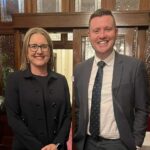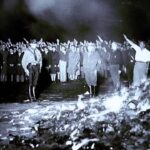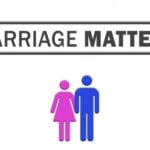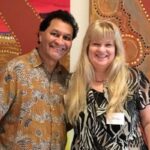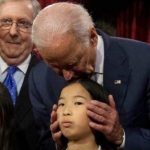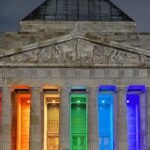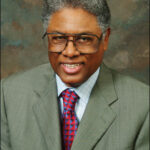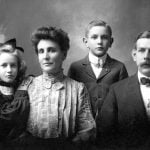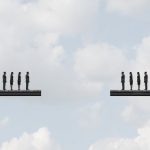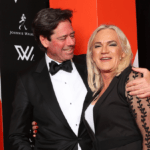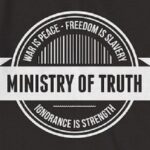Family Realities
The Federal Government’s decision to include homosexual couples in its definition of family makes two things quite clear: it is especially eager to cater to minority groups while ignoring the needs and interests of mainstream Australians; and it has proven that its celebration of the International Year of the Family is no more than high farce.
Just as Alexander Downer got it wrong last week by including homosexual couples in his definition of family, so too has the government. Homosexual couples may be accurately described as a type of relationship or partnership or household, but they cannot be regarded as family. (The red herring that all gays come from families misses the point – it is their relationships that are now in question.)
If the Federal Government wants to overturn in a night the commonly accepted definition of family (very simply, a mother, father and children, but in a more extended sense, any group of people related by blood, marriage or adoption), let it do so with full public debate, and not by stealth or through the back door.
During last week’s Industrial Relations Commission test case about family leave, Cheryl Kernot of the Democrats along with the homosexual lobby tried to broaden the definition of family. The Australian Family Association argued that an industrial tribunal was not the place to make such fundamental changes. As Mr Justice Lockhart of the Federal Court recently made clear – in the context of a case about a transsexual – such radical changes need to be conducted in a much bigger arena: “At the present time a change in the law of so fundamental a nature as this can only be achieved by parliament”.
By opening the door to allow homosexual relationships to be called family, the government must logically accede to the lobby’s other demands: full legal recognition of homosexual marriage and adoption rights. But of course, why stop there – why not go on and recognise marriage threesomes, or mother-daughter marriages. Once you overthrow millennia of accepted definition of marriage and family, a creative imagination will come up with innumerable versions of marriage and family. Indeed, once a marriage arrangement is opened simply to “consenting adults”, the possible types of couplings would appear to be endless.
But a relatively fixed definition of marriage and family is not so easily gotten rid of. The human record shows that the family is a natural, universal and irreplaceable community. As anthropologist George Murdock found in his exhaustive survey of 2,000 human societies, heterosexual marriage can be found “in every known human society.” Even the evolutionary biologists, like C. Owen Lovejoy have acknowledged that the paleo-anthropological evidence makes clear that male-female bonding in lasting pairs was the critical step in human evolution.
For politicians to ignore such historical certainties shows what a limited perception they have. They also need to be more perceptive about the homosexual lobby. Three facts stand out about the homosexual lobby: they are vocal, have economic clout, and inflate their numbers to achieve further clout. The homosexual lobby is certainly one of the more organised and militant of the lobby groups. They are also a well-heeled lot: the average income of a homosexual is well-above that of most Australians – a fact which lessens their claim to being an oppressed, persecuted minority. Thus unlike the homosexual lobby, ordinary Australian families are busy struggling to get by, and do not have the time or resources to hold noisy protests or stage elaborate “cultural festivals” like the Gay Mardi Gras.
But the third fact about the homosexual community is the one which politicians should most closely look at. One often hears about “Australia’s one million strong homosexual community.” The homosexual lobby has tended to inflate figures in an effort to convince people that everybody plus their uncle is gay. As Time magazine recently put it: “In seeking to win political clout and public acceptance, gays and their leaders have long sought refuge in numbers – specifically in the 10% figure”.
The homosexual movement has often appealed to the figures used by the late American sexologist Alfred Kinsey. In his 1948 study Kinsey estimated that 10 per cent of all Americans were homosexual. However, as a recent issue of Newsweek admitted, that figure was highly inflated: “Activists seized on the double digits to strengthen their political message. . . . Policymakers and the press adopted the estimate – despite protests from skeptical conservatives – citing it time and time again. But new evidence suggests that ideology, not sound science, has perpetuated a 1-in-ten myth.”
What is the evidence? The 10 per cent figure is actually about eight to ten times too high. Let’s look at Kinsey’s findings. A recent article in The American Journal of Psychiatry claims that Kinsey’s work suffered from “severe methodological limitations” and that his sample group – male prisoners and sex offenders included – was “far from representative”. The author of the article says that the actual figure should be about 1.1 per cent.
Furthermore, while most people seem to know about Kinsey’s original study, very few know about a more recent Kinsey Institute study conducted in 1970 and released in 1989. This study found the number of homosexual males to be only 1.4 per cent. It also found that lesbians are far fewer than male homosexuals.
A number of recent international studies on the extent of homosexuality have all found similar low figures. These studies, conducted in the United States, France, Britain, Canada, Norway and Denmark all found that homosexuals made up around one per cent of the adult population.
Unless Australians are significantly different from their Western counterparts, it seems clear that the claim that one million Australians are homosexual is overstated by a figure of at least six hundred percent. But as all good propagandists know, throw a figure around long enough, and pretty soon the general public won’t even question its validity.
If the homosexual lobby is willing to use faulty statistics to support its cause, just how reliable is it in other areas? As one homosexual warned: “If you say a number that you can’t prove, there’s always the chance that by disproving one part of your argument, your opponents weaken you overall. I think that’s dangerous.”
While it is understandable that a movement would want to overestimate its importance and influence, it is reprehensible that such large portions of the media parrot these figures, without doing their homework first.
It is a shame that this Year of the Family has been co-opted by vocal minority groups and sold out by the Federal Government. If the Government wants to hold an International Year of the Homosexual, fine, but it should not denigrate the concept of family which millions of Australians hold so dear.
[1126 words]
